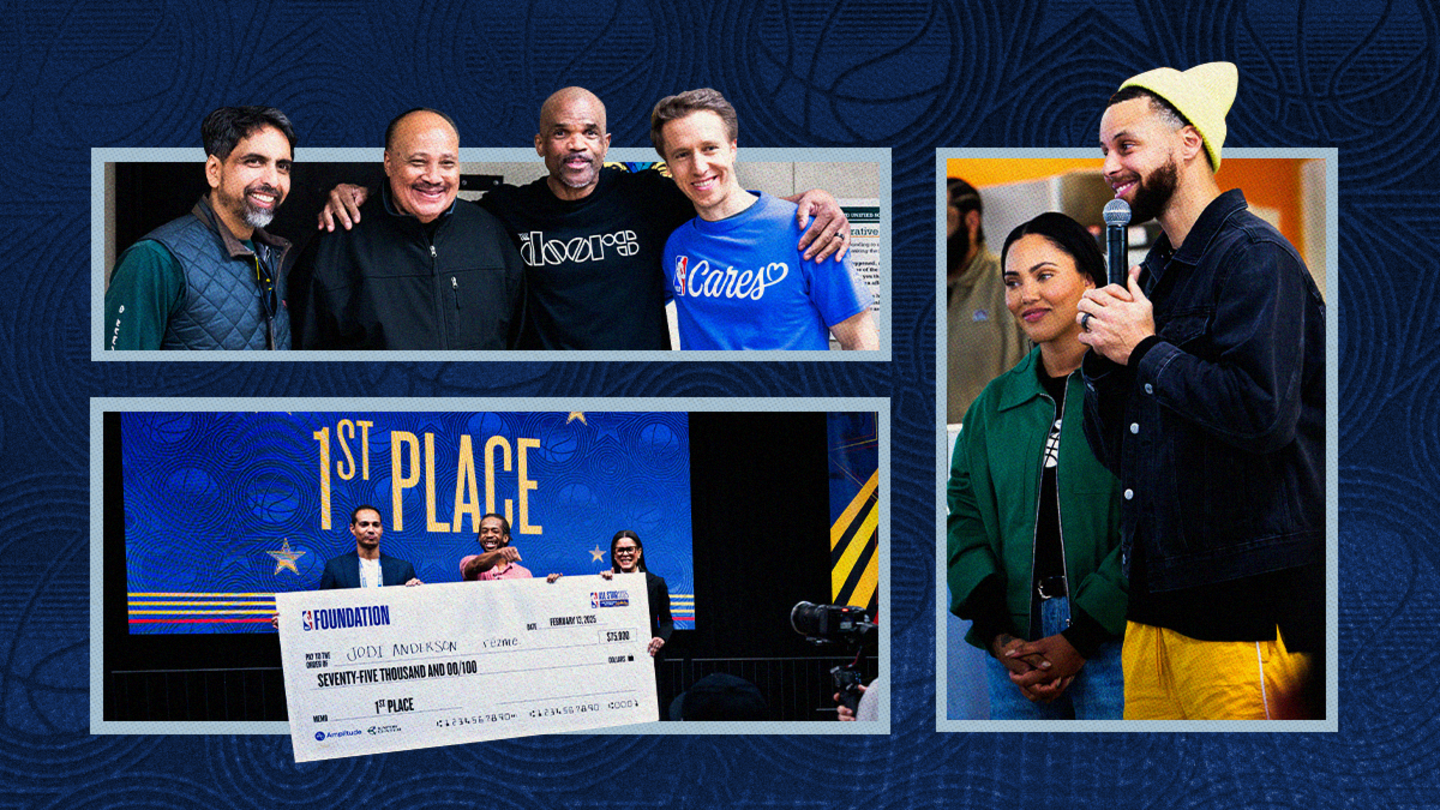Overwhelmed by the hiring process? You're not alone. Talent selection and hiring is one of the most common challenges shared by nonprofit leaders in our Catalyst network. To help you fill your next open role with confidence, here are answers to some of the most common questions we get about hiring for nonprofit organizations.
1. How should I strategically think about talent?
Hiring for tomorrow instead of today puts you in a proactive position as an organization. It means clearly recognizing what you are trying to accomplish as you look ahead, setting clear priorities, and letting those priorities surface the gaps in talent. Equipped with priorities, a talent assessment can help you inventory existing teams. Taking a deep dive, person by person, to understand each employee's gifts and opportunities for growth can help you explore more alternatives than just hiring to fill your needs.
2. How should I address talent gaps?
We've found it helpful to consider a full range of alternatives when deciding on how to best fill a talent gap. We use the "Buy, Borrow, or Build" mental model to help us consider different options and help us make a more considerate (and sometimes creative) decision. You can buy the talent by hiring it, borrow by acquiring it through collaboration or partnerships, or build it by focusing on the professional development of the staff that you already have. Sometimes it's a combination of these that can get you where you need to go!
3. How should I define the responsibilities for a new role?
Defining responsibilities through a job description is perfectly acceptable when attracting potential candidates. However, job descriptions too often become the basis for what new hires are accountable for, without adjusting according to the individual and what you learned about them during the hiring process. At Stand Together Foundation, we strive tailor roles based on the unique talents and passions of each new employee. Consider using what you learned during the hiring process to design the right bundle of responsibilities that helps each new hire maximize their contribution.
4. How should I determine compensation for each role?
Pay people, not positions. Assuming people with the same job titles, credentials, etc. contribute in the same way fails to appreciate the different strengths, knowledge, skills, and perspectives each person brings to a role. Although market data can be a useful input when determining compensation, it is far from the best tool for the job. The most effective compensation packages take a win-win approach. They're designed to reward real contribution to your organization's success in a way that also motivates individuals. It's up to you to measure the value of each team member's total contribution, rather than relying on an abstract industry standard.
5. How should I hire to build the right team?
Building the right team of individuals who bring unique skills, knowledge, perspectives, and experiences is critical to advance your mission. However, in our experience, the impact of even the most talented individuals is nullified if the culture of the organization is unhealthy. For this reason, the values of those you hire and the overall culture you foster are even more important than raw talent.
6. How should I approach the interview process?
If you don't know what you're looking for, you're never going to find it. Start by defining a few focus areas, based on specific behaviors connected to your values and beliefs (your defined culture). How should prospective candidates act if they are operating according to those principles? For example, what is the best evidence of someone practicing humility or integrity? Once you've defined a list of focus areas that represent alignment with your culture, you'll be more equipped to look for them throughout the interview process. Ensuring a candidate has the necessary skills for the role is also an important focus area. We hire based on values first while also ensuring employees have (or can develop) the necessary knowledge and skills to meaningfully contribute.
7. How can I accurately determine if a candidate is the right fit for our culture and values?
When hiring, we believe a good predictor of future behavior is past behavior. Equipped with clear focus areas in your interview process, you can look for evidence of current and past behavior by asking and preparing thoughtful questions. As you solicit examples from candidates, you want to ensure you're getting enough information to understand if the behavior will translate well into the context of your organization. A helpful mental model is "SBO," which stands for "Situation, Behavior, Outcome":
- Situation: The context in which the behavior or action took place. Who was involved? Where and when did it take place? How does it apply to the context of your organization and its culture?
- Behavior: The person's actions. What did the person do or say? How did he or she handle the situation?
- Outcome: The results of the person's actions. What happened because of the person's actions? What were the results (both good and bad)?
Learn more about Principle Based Management and how it can help you transform your results.



